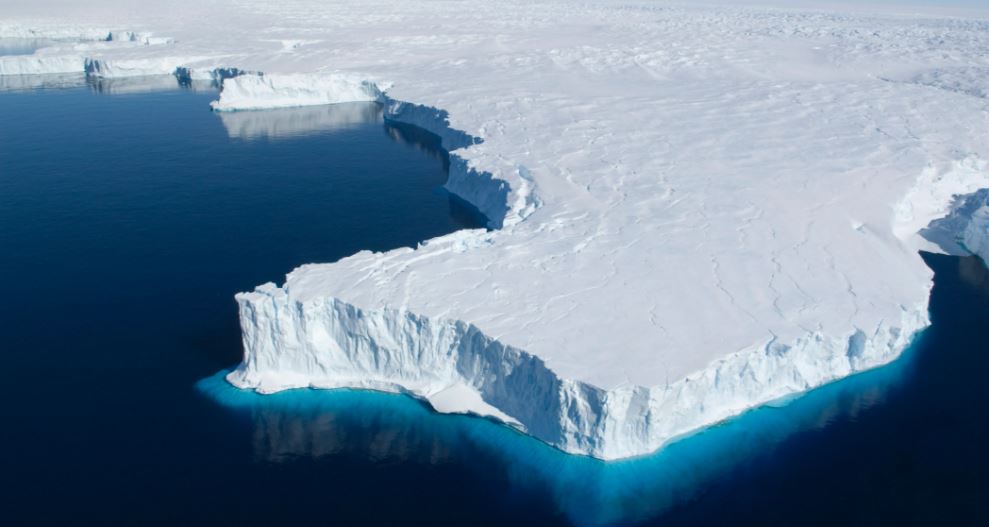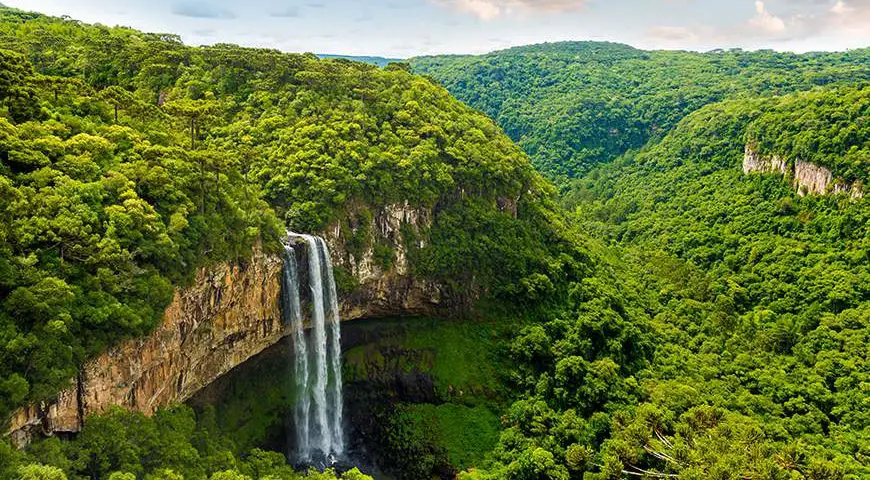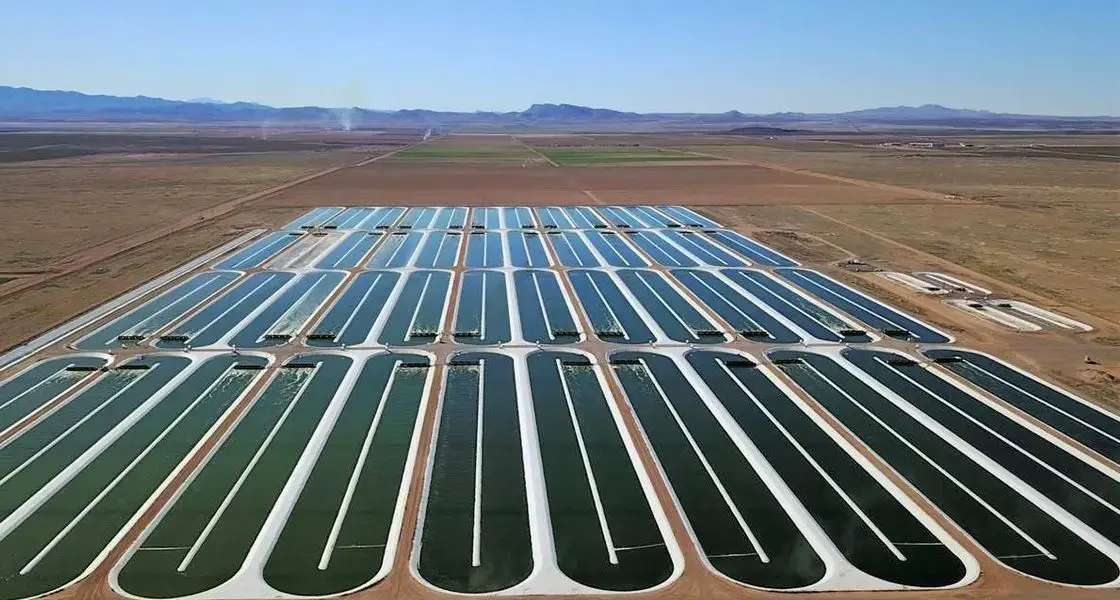The impact of heat waves on health is not only heatstroke, increased cardiovascular disease and metabolic risks. Scientists say that the kidneys are the weather barometer. Europe has about one tenth of kidney stone patients, and the United States, UK and other countries are almost similar.
As summer warms and humidity rises, more and more people are suffering kidney damage from kidney stones and dehydration.
Kidney stones are hard minerals made up of concentrated urine, primarily calcium deposits, that can be very painful as urine passes through the urethra.
The incidence of kidney stones has increased in the past 20 years, and experts believe that high temperatures can also increase the risk, in addition to diet and lifestyle changes that lead to the increase in the disease.
When people sweat more at high temperatures, less water flows through the kidneys, and when urine is concentrated, urine crystals form faster, accelerating kidney stone formation.
Children’s Hospital of Philadelphia (CHOP) researchers have found that kidney stones have been on the rise for several years as the weather gets hotter, and the problem is only getting worse.
Scientists estimate that average temperatures could rise by 1.1 to 5.4°C by the end of the century.
The study, published in Scientific Reports by researchers at the Children’s Hospital of Philadelphia, used climate models to continue at current rates, or cut to moderate, based on greenhouse gas emissions to simulate two scenarios, a 2.3°C average temperature increase by 2100 and an The two scenarios at 3.6°C increase the number of kidney stone cases in the United States by 2.2% to 3.9%, respectively.
The incidence of kidney stones in the United States is more common in hot regions, mostly in the Southeast.
The leading American expert on heat stress and kidney disease says the southeastern United States is hot and humid.
One of the undesirable consequences of global warming is the northward expansion of the “kidney stone belt”, given what is described as the US kidney stone belt.
40% of the U.S. population now lives in high-risk areas for kidney stones, and by 2050, 60% of the population will be at high risk, up from 75% in 2095.
Since the kidneys are very sensitive to heat stress and are a barometer of health and climate change, the combination of high temperature and humidity increases the risk of developing kidney stones, and even in the absence of kidney stones, continued exposure to heat and dehydration can lead to irreversible kidney damage.
Dehydration and Kidney Stones
People who are chronically dehydrated have a reduced ability to detoxify, leaving higher concentrations of salt and glucose in the kidneys and serum, experts say. As temperatures rise, metabolic disease rates may rise, along with increased risk of heart attack and stroke.
Experts remind that, especially when the temperature does not drop normally at night, the accumulation of core heat in the body will begin to affect body organs. And heat is an external stressor that exacerbates not only physical but also mental conditions.
Children born in the United States in 2020 will experience 35 times as many dangerous heat waves as children in the 19th century, according to researchers at the Children’s Hospital of Philadelphia.
Global warming will have a huge impact on human health. Today’s children will live with this painful reality in the future. Although the effects of climate change on human health are not yet fully known, the research does not look very goodfor the future generations…




